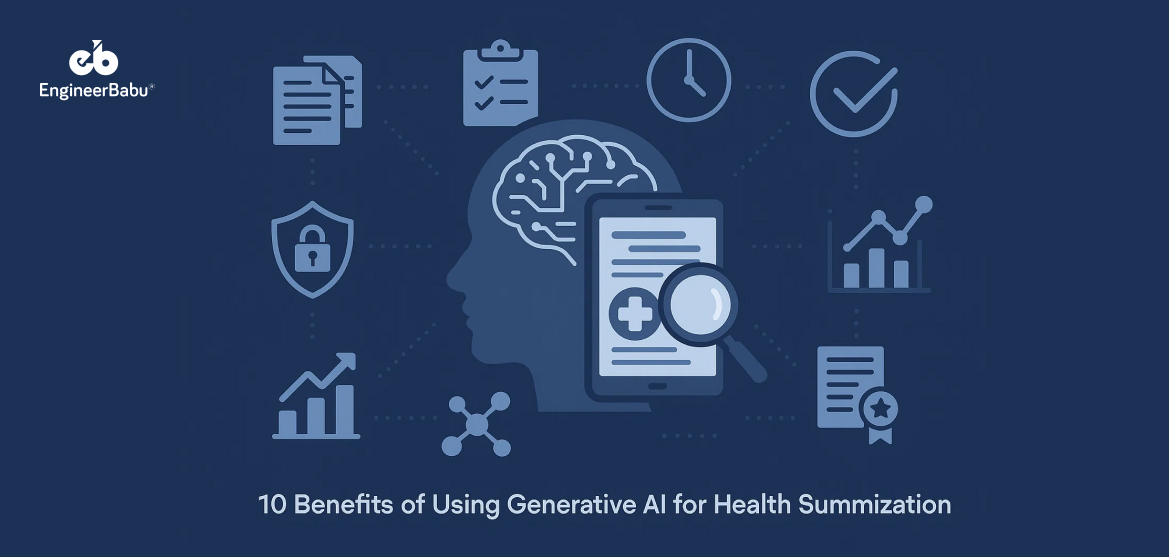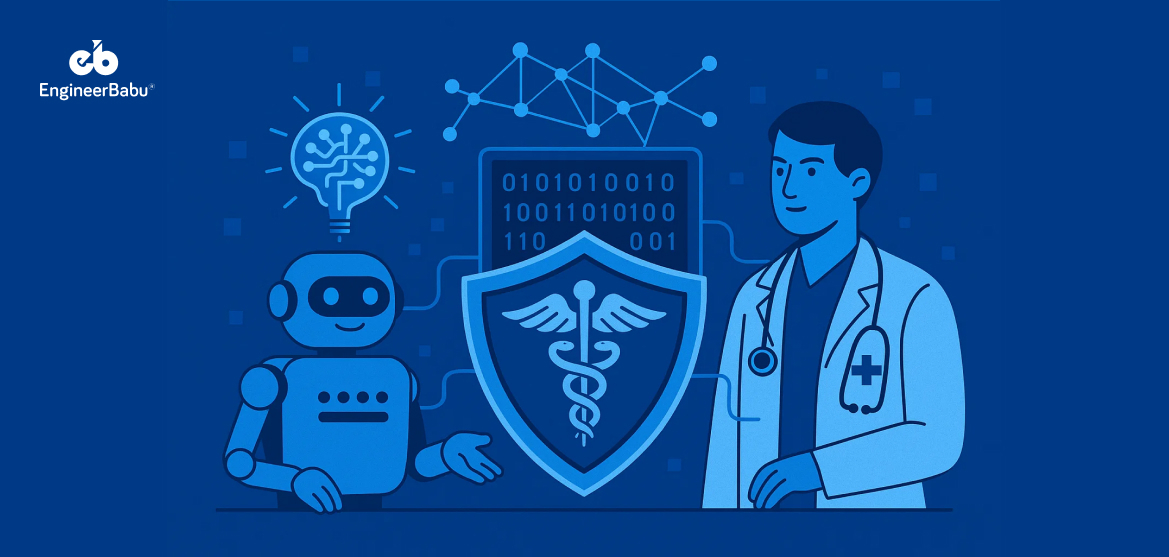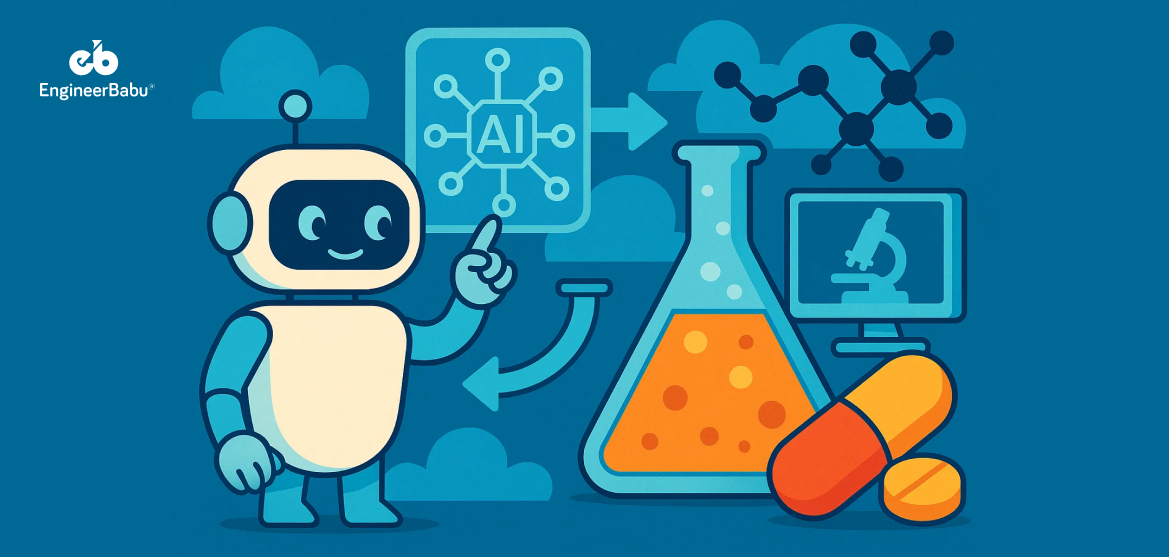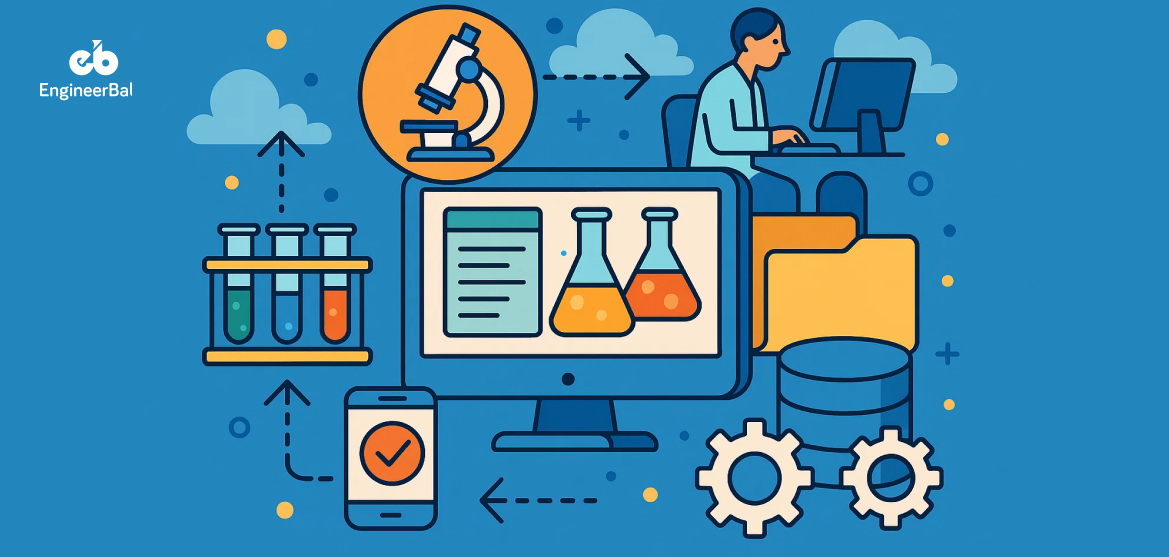Doctors today spend more time with keyboards than with patients. According to a study published in the Annals of Internal Medicine, physicians spend 49.2% of their office hours on EHRs and desk work, but only 27% on direct clinical face time. This isn’t just inefficient—it’s a recipe for burnout, miscommunication, and missed insights.
Healthcare systems are drowning in data: unstructured clinical notes, discharge summaries, diagnostic reports, and patient histories pile up across disparate platforms. A single patient’s electronic health record (EHR) can span over 100 pages. Interpreting this data quickly and accurately is no longer a luxury—it’s critical for effective, timely care.
This is where Generative AI is stepping in—not just to automate documentation, but to intelligently summarize large volumes of medical data into concise, clinically relevant insights. We’re talking about transformer-based models that can synthesize progress notes, flag inconsistencies, and tailor information for both doctors and patients—all in real time.
In this article, we’ll break down 10 real, measurable benefits of using generative AI for health data summarization—whether you’re building healthtech products, modernizing clinical workflows, or scaling personalized care.
Let’s get right into it.
10 Benefits of Using Generative AI for Health Data Summarization
1. Speeds Up Clinical Decision-Making
Time is often the most critical variable in healthcare. Generative AI can rapidly parse through extensive patient records—progress notes, imaging reports, and lab results—and condense them into actionable summaries within seconds. This enables physicians to make faster, more informed decisions at the point of care, especially in high-pressure environments like emergency departments or ICUs. Tools like AWS HealthScribe and Nabla Copilot are already demonstrating how AI-generated summaries can shave off 20–30% of diagnostic time.
2. Reduces Cognitive Load for Physicians
The average physician juggles information from 7 different health IT systems during a patient visit. Generative AI reduces the mental tax by surfacing only the most clinically relevant insights—symptom progressions, medication interactions, abnormal vitals—while removing redundant noise. This shift from data retrieval to insight consumption improves focus, reduces diagnostic errors, and helps clinicians avoid fatigue.
3. Improves Patient Safety
AI summarization isn’t just about efficiency—it’s about accuracy. By cross-referencing data from disparate sources, generative models can flag inconsistencies, omissions, or potential contraindications that might go unnoticed. For example, if a discharge summary omits a known allergy noted earlier in the EHR, the AI can surface that discrepancy. This kind of automated vigilance can directly prevent adverse events, which affect up to 1 in 10 hospitalized patients globally, according to the WHO.
4. Enhances Patient-Provider Communication
Clinical jargon doesn’t translate well for patients. Generative AI can tailor summaries not only for doctors but also generate plain-language versions for patients—explaining diagnoses, lab results, and treatment plans in clear, accessible language. This empowers patients with better health literacy, encourages adherence to care plans, and builds trust. Startups like Abridge are already using AI to deliver post-visit summaries that patients can actually understand and act on.
5. Enables Personalized Care at Scale
Generative AI helps unlock the potential of longitudinal data by identifying patterns across years of EHR entries, lab results, and physician notes. This allows for more personalized and proactive treatment strategies, especially in chronic disease management. For instance, by summarizing recurring trends in glucose levels, diet, and medication adherence, AI can support personalized diabetes care plans—without manual chart review by clinicians.
6. Improves Efficiency in Medical Coding and Billing
Medical coding teams often spend hours translating dense clinical documentation into standardized codes for billing and insurance. Generative AI can streamline this by producing structured, code-ready summaries aligned with ICD-10 or CPT standards. Not only does this reduce administrative burden, but it also lowers the risk of miscoding, which is responsible for up to 80% of medical billing errors. Companies like Suki and Augmedix are already helping practices save hundreds of hours per month on documentation.
7. Streamlines Clinical Research and Trials
Recruiting patients and extracting relevant data for clinical trials can take months. Generative AI can accelerate this process by summarizing eligibility criteria and identifying matching patient profiles from unstructured EHR data. In post-trial phases, it can condense patient responses, adverse event logs, and site reports into digestible formats for researchers. This reduces delays, increases participant engagement, and helps bring life-saving treatments to market faster.
8. Facilitates Better Interoperability
Health systems often operate in silos, making seamless data exchange difficult. Generative AI can bridge these gaps by transforming raw, unstructured notes into standardized summaries that align with HL7 and FHIR formats. This not only enhances interoperability across platforms but ensures that transferred data retains clinical context—critical for continuity of care when patients move between providers.
9. Reduces Burnout Among Healthcare Providers
Documentation demands are a top contributor to physician burnout, with 63% of doctors reporting excessive EHR-related stress (Medscape 2023 Physician Burnout Report). By offloading the grunt work of reading and summarizing lengthy records, generative AI gives providers more time for direct patient care—and even rest. The result? Improved job satisfaction, retention, and overall clinical outcomes.
10. Accelerates Insurance and Claims Processing
Claims reviewers often need to comb through extensive medical documentation to validate procedures and diagnoses. Generative AI shortens this cycle by automatically generating claims-ready summaries, highlighting justifications for treatments, procedures, or prescriptions. This leads to faster approvals, fewer rejections, and better provider-payer alignment, ultimately improving the cash flow cycle for hospitals and clinics.
Conclusion
Think about the sheer volume of information generated every day in hospitals: EHRs, lab reports, discharge summaries, doctor’s notes, imaging studies, and more. For a single physician, navigating this data maze during a 15-minute consultation is overwhelming at best—and risky at worst. Generative AI steps in as a clinical assistant, not replacing humans, but augmenting their ability to make faster, safer, and more personalized decisions.
We’re not just talking about convenience. The ripple effects are massive—patients get more face time, providers get their evenings back, researchers access cleaner datasets, and healthcare systems operate with more agility and less friction. When AI is used to generate accurate, readable, and structured health summaries, it becomes a bridge between raw data and real understanding.
Of course, this doesn’t mean we throw caution to the wind. Healthcare is high-stakes, and AI must be deployed with transparency, clinical oversight, and robust data privacy. But with responsible implementation, the benefits are too compelling to ignore.
FAQs
1. How is generative AI different from traditional healthcare data tools?
Traditional tools focus on structured data processing, rule-based logic, or predefined templates. Generative AI, on the other hand, leverages large language models (LLMs) to understand and synthesize unstructured text like clinical notes, radiology reports, and patient conversations. It doesn’t just extract data—it interprets and summarizes it in a way that’s context-aware and human-readable.
2. Can generative AI summarize both structured and unstructured health data?
Yes, but it’s especially valuable for unstructured data, which makes up nearly 80% of healthcare information—things like progress notes, discharge summaries, and imaging narratives. Generative AI can also incorporate structured inputs (e.g., lab results) to provide holistic, multimodal summaries that give a fuller picture of the patient’s health.
3. Is it safe to use generative AI in clinical environments?
When deployed correctly, generative AI can be safe and even enhance patient safety by flagging data inconsistencies or omissions. However, these tools must be used with human oversight, tested rigorously, and comply with regulations like HIPAA, GDPR, and local clinical governance frameworks. Responsible implementation is key.
4. What are some real-world examples of AI summarization in healthcare?
Companies like Nabla, Abridge, AWS HealthScribe, and Suki are already using generative AI to assist with clinical documentation and patient communication. Hospitals are integrating these tools to reduce charting time, speed up insurance claims, and improve the quality of care documentation across departments.
5. How does generative AI impact the patient experience?
It empowers patients by translating medical jargon into plain language summaries, enhancing comprehension, trust, and adherence to care plans. It also frees up clinicians to spend more time in meaningful conversation, which strengthens the patient-provider relationship.




